Agriculture, Fossil Fuels, and Methane Emissions
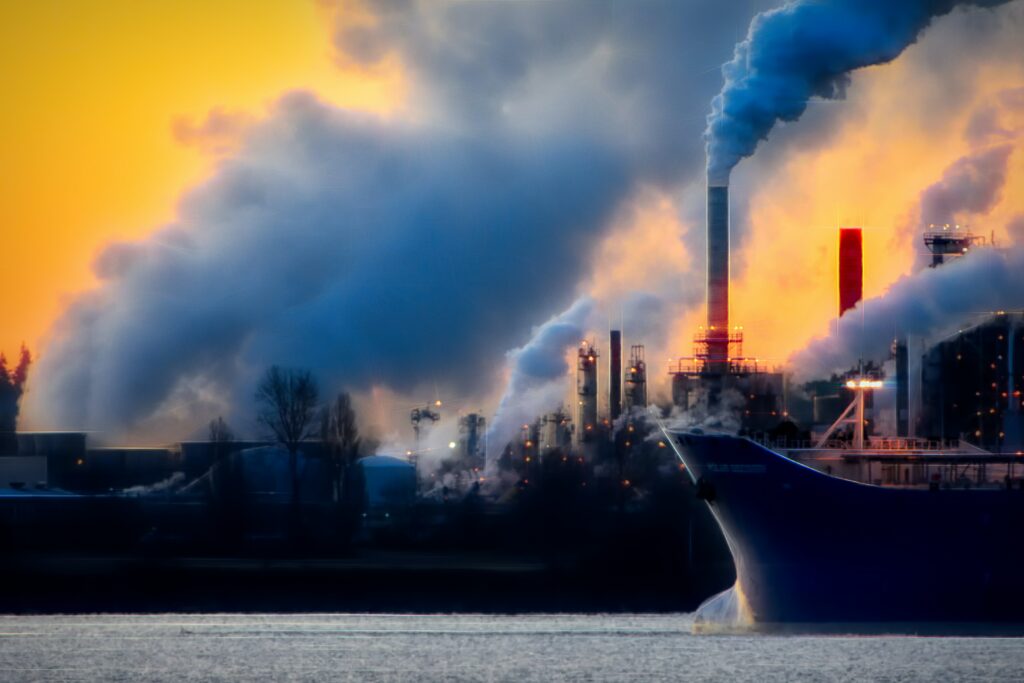
Methane levels in the atmosphere are at an all-time high, but curbing emissions of this potent greenhouse gas requires knowing where methane is being released and why. Now, a global inventory of methane sources reveals the main culprits behind the rise in methane pollution in the 21st century.
Agriculture, landfill waste, and fossil fuel use were the main reasons why the Earth’s atmosphere absorbed about 40 million metric tons more methane from human activities in 2017 than per year in the early 2000s. The expansion of agriculture dominated the release of methane in places like Africa, South Asia and Oceania, while increased use of fossil fuels increased emissions in China and the United States.
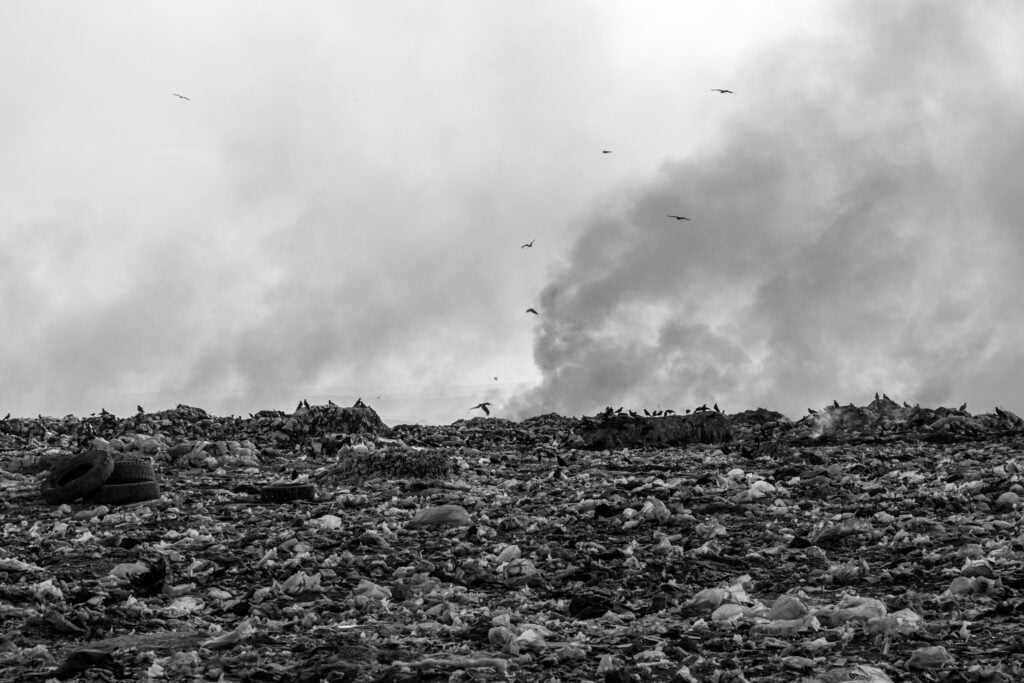
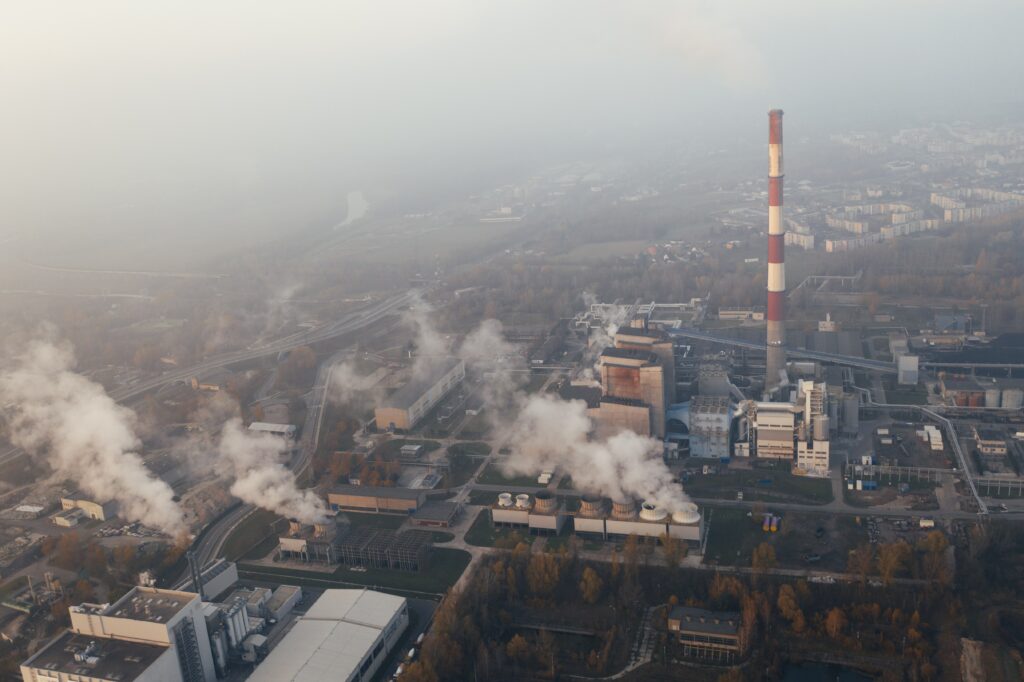
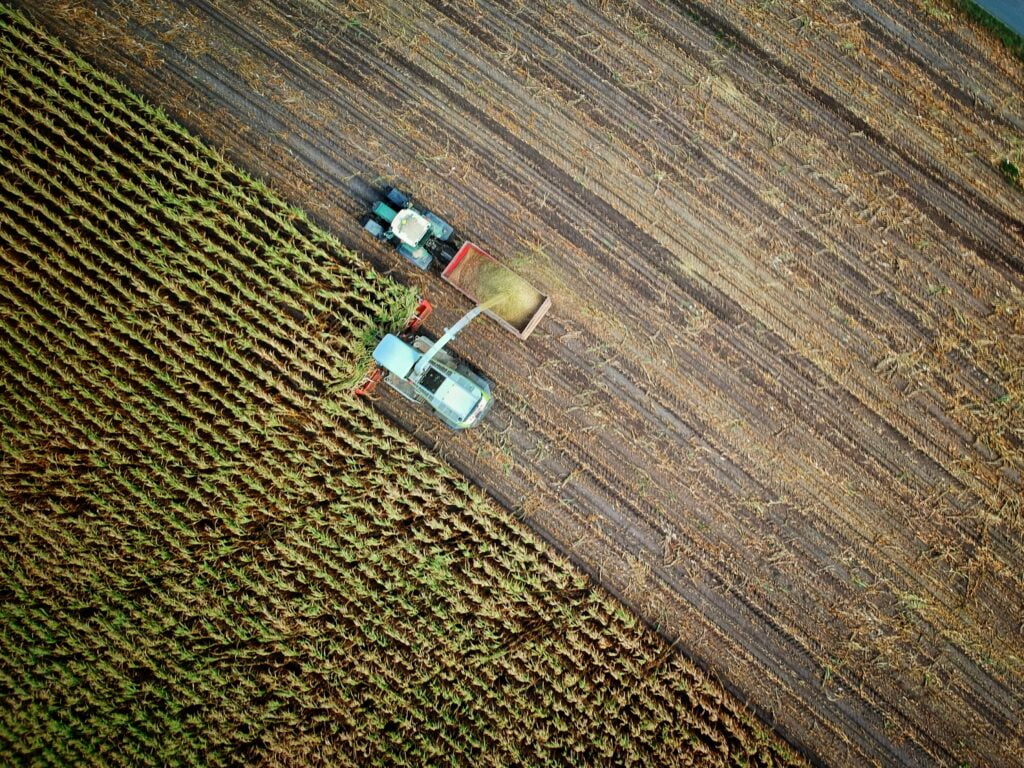
Although there is much less methane than carbon dioxide in the atmosphere, methane can trap around 30 times more heat over a century than the same amount of CO2. Counting methane sources can help prioritize strategies to quell pollution, such as eating less meat to reduce emissions from cattle ranches and using planes or satellites to detect leaking gas pipelines for repair.
In 2017, human activities spewed about 364 million metric tons of methane into the atmosphere, compared to 324 million tons per year, on average, in the early 2000s. Approximately half of that 12 percent increase was the result of agricultural and landfill expansion, while the other half arose from fossil fuels; emissions from natural sources such as wetlands, on the other hand, remained relatively stable.

Emissions increased fastest in Africa, the Middle East, South Asia, and Oceania. Both regions increased emissions between 10 and 15 million metric tons. Agricultural sources, such as cattle ranches and rice paddies, were responsible for a 10 million-tonne increase in emissions from South Asia and Oceania and a nearly equal increase in Africa. Emissions increased between 5 and 10 million tons in China and North America, where fossil fuels create pollution; In the United States alone, fossil fuels fueled the release of methane by about 4 million tons.
Una región que no mostró un aumento en el metano fue el Ártico. That’s funny, because the Arctic is warming faster than anywhere else in the world and is covered in permafrost, which is expected to release a lot of methane into the air as it thaws. The new findings could mean that the Arctic hasn’t released much methane into the atmosphere yet, or that scientists haven’t collected enough data from this remote area to accurately measure its methane emission trends.
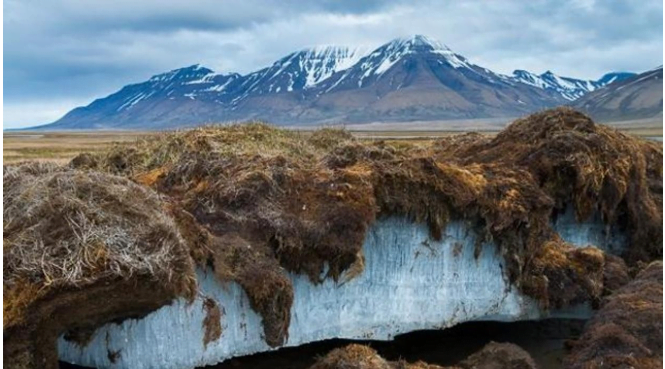


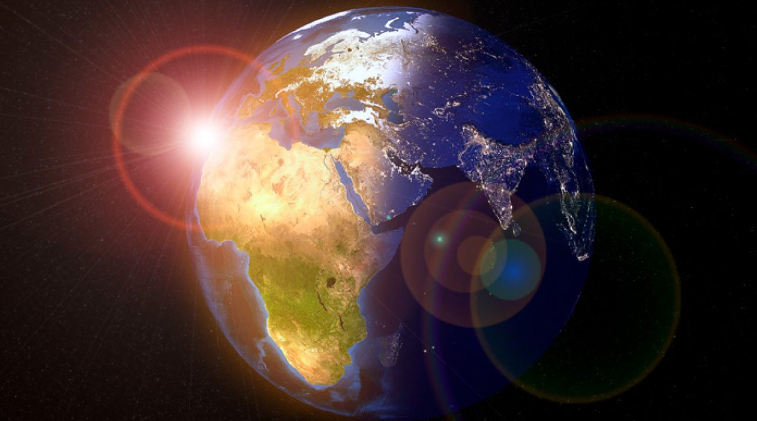
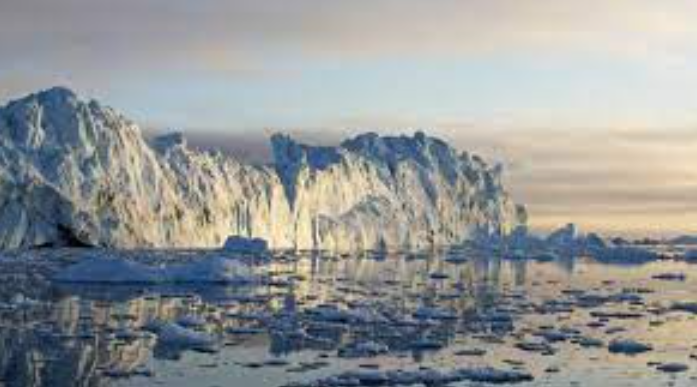
Responses